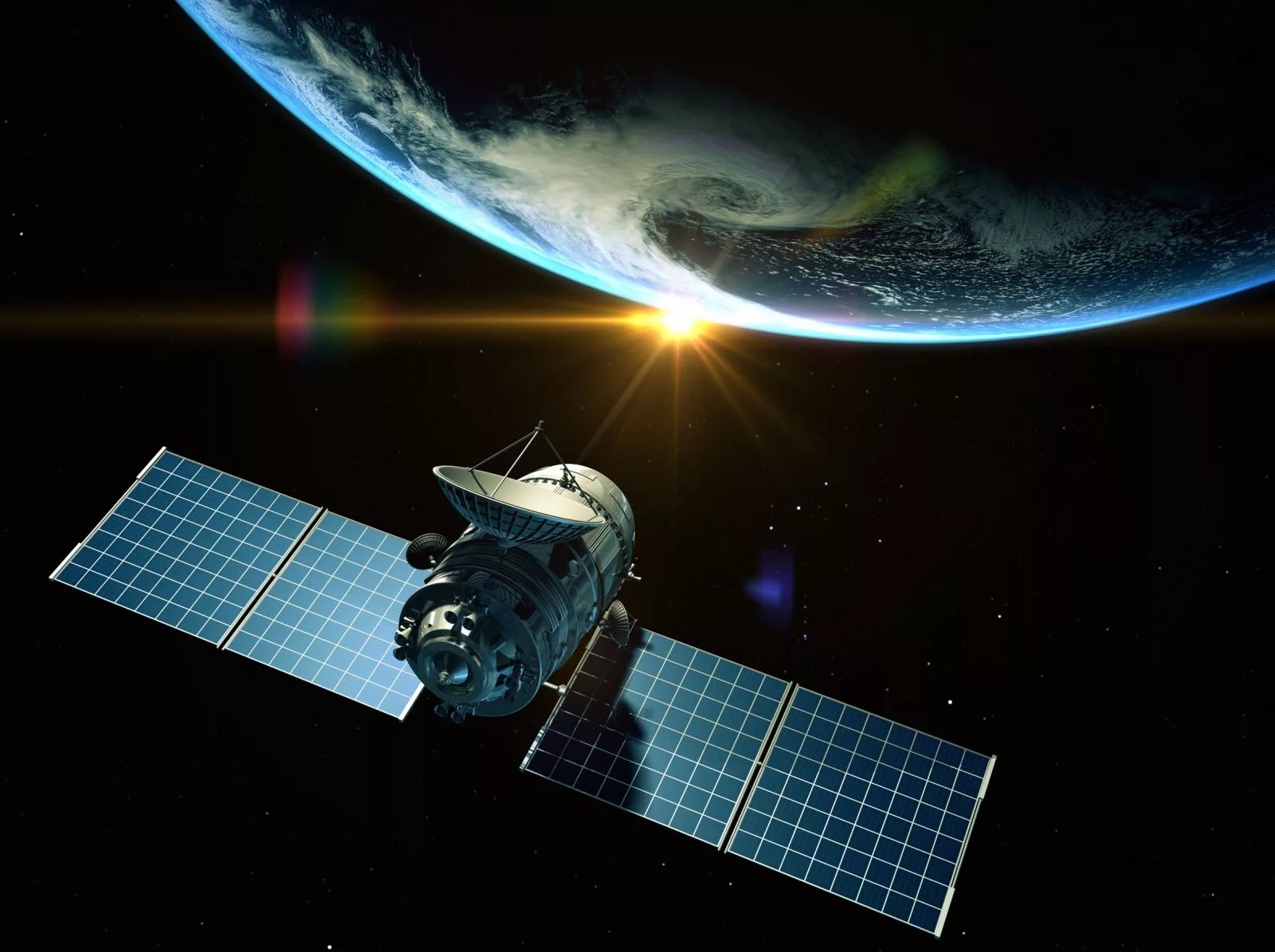The concept of harvesting solar power from space might sound like science fiction, but serious strides are being made by both US and UK innovators in this field. A UK startup dubbed Space Solar is setting its sights on deploying a prototype in orbit within the next three years. This could revolutionize how we access solar energy, providing an uninterrupted supply regardless of earthly weather conditions. Imagine harnessing the power of the sun for electric vehicle charging, no matter how remote the location. This is the bold vision that innovators are working towards.
Unlocking the Potential
The journey from space-based solar panels of the 1950s to today’s cost-effective terrestrial solar technology has been a fascinating evolution. However, the space-to-Earth solar power dream has encountered its share of hurdles. These range from the complexity and expenses of scaling up, to the durability required to survive the severe space environment, including solar flares and geomagnetic storms. Furthermore, a geostationary orbit, necessary for consistent solar harvesting, positions these arrays further out than conventional satellites. Nevertheless, with a generous $100 million grant, the California Institute of Technology has been pushing the boundaries, recently trialing key solar cell technologies in space.
While NASA adopts a prudent approach, other US entities like the Naval Research Laboratory and perhaps even the Space Force, along with companies like Grumman, are injecting momentum into the space solar initiative. An in-depth exploration of past progress in space solar can be found in CleanTechnica’s extensive coverage.
The British Are Coming: Space Solar’s Ambitious Timeline
The UK isn’t being left behind in this star-reaching race; Oxfordshire’s startup, Space Solar, is creating quite a buzz with their latest breakthroughs. Their vision includes a prototype in orbit within three years and a plan to supply significant power levels by 2030. They boast a new solar satellite design named CASSIOPeiA that promises a robust financial model and reliable, around-the-clock clean energy generation. Thanks to early tests with their HARRIER wireless power transmission system, the company has optimized its design for both performance and weight efficiency.
First Successes in Belfast
Space Solar’s recent prototype tests at Queen’s University in Belfast have lit up more than just lightbulbs; they’re igniting imaginations. Demonstrating their technology’s ability to wirelessly transmit power effectively, they’re also planning a large-scale deployment, potentially utilizing 68 rocket launches to assemble the orbital solar array. Rocket launch costs are on the decline, however, which casts an optimistic light on the financial outlook of such ambitious endeavors.
Wireless Revolution in the Making
Queen’s University’s choice as the test bed for this space solar technology was anything but arbitrary. Their groundbreaking work in wireless power transfer (WPT) could very well extend to remote satellite energy supply, from space-based farms back to Earth, and intriguingly, to electric vehicles in space settlements. This technology, previously focused on medium-power microwave transmission, might someday minimize the need for hefty EV batteries and their associated environmental toll.
The Queen’s University team envisions a future where high-power microwave wireless power transfer breaks through current limitations, facilitating longer distances and higher power applications—possibly transforming the way we think about powering devices and vehicles on Earth.
Advancing Space Solar Exploration
With the close of their grant period, Queen Mary University of London also enters the arena bearing a substantial grant to explore phased array transmitters for space solar applications. Designed to control and focus beams precisely, this research aims to dramatically improve the efficiency of capturing and converting energy from space-based solar arrays into usable electrical power on Earth.
In reviewing these continuous advancements, we glimpse the precipice of a new era where space solar technology not only supports our orbital endeavors but also promises a greener, more sustainable power source for our planet.
